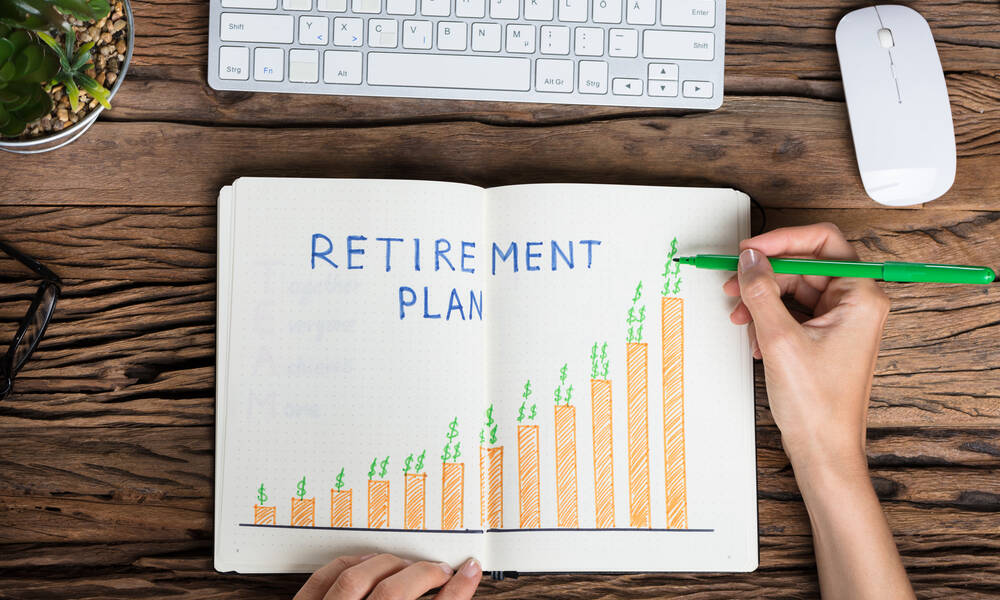
The Link Between Employee Benefits and Their Retirement Savings
A new study suggests that beefing up basic benefits like sick and vacation leave can improve staff retention—and employees could end up with as much as 40 percent more in retirement savings.
Employee retention, especially in a hot job market like we have now, is a primary concern for associations. They want to keep the staff they’ve cultivated, and one way to do that is through benefits. While much has been made of the many benefits available, a recent study finds that some very basic benefits allow workers to be more productive and help them build up another benefit: a robust retirement fund.
The research, published in Community, Work & Family, found that male employees who received six to 10 sick days annually had 30.1 percent more in retirement savings, and those getting more than 10 paid vacation days had 40.7 percent more in their retirement fund than workers who didn’t.
“What we’ve been trying to do is understand how impactful these basic fringe benefits are,” said LeaAnne DeRigne, study coauthor and associate professor at the School of Social Work at Florida Atlantic University. “This was the first time that anyone has really tried to understand the impact on long-term savings.”
The study looked at the impact three benefits—flexible working hours, paid sick days, and paid vacation days—had on retirement savings for 994 U.S. male workers ages 47 to 55. While sick and vacation days boosted retirement savings the most, flexible working hours also had an effect: Employees with flexible work time enjoyed a 24.8 percent in retirement savings over those without it.
“We’re theorizing that what is happening when you have access to sick leave or flexible leave, you are able to manage your healthcare responsibility and work responsibility, and those times you need to take leave, you are not putting your job in jeopardy,” said DeRigne.
DeRigne said this study looked specifically at men because researchers wanted to get a baseline for the effect that had fewer variables. “Women have much more complicated work histories,” she said. “In any given year, women might have different things going on—the birth of a child, or a child diagnosed with a chronic condition—so that year might look different from the others. We wanted to look at the typical male worker who didn’t have those extra caregiving burdens.”
DeRigne will be releasing research on women in the coming months, which indicates the same correlation between basic benefits and improved retirement savings. “For women, we are finding the same stuff, the same implications,” DeRigne said. “The reason women look different is the caregiving burden falls heavier on females.”
While retirement savings affects the employee much more than the employer, ensuring workers have a healthy nest egg is important for organizations too: Employees with robust retirement contributions tend to stick around longer.
“Your cost related to turnover will be less when you offer something as basic as sick leave and basic vacation,” DeRigne said. “Their satisfaction is higher, and they maintain continuous employment. When people have some basic benefits, they stick with that employer.”
The study relied on longitudinal data so researchers could see the journey of individual employees. While that was helpful, there were some limitations. “We only know whether they have access to leave,” DeRigne said. “We actually don’t know how they use it, just that they have it.” According to DeRigne, it’s not clear if the boost in savings is because people are using the leave for emergencies, or just because they feel more secure in having the leave available to them.
Which benefits do you think contribute most to employee retention at your association? Share your thoughts in the comments.
(AndreyPopov/iStock/Getty Images Plus)






Comments